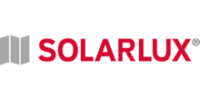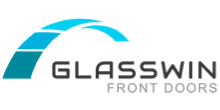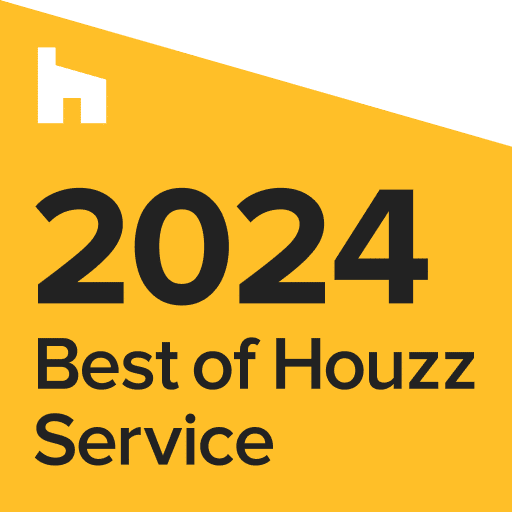The Schüco Internet of Facades, (IOF) is a revolutionary system using a QR code, an App and a cloud-based system where future windows and doors can be easily identified, quickly repaired, reduce replacement costs and help make buildings more sustainable. Schüco has addressed a real-world issue with windows and doors that will help building managers and owners control the maintenance and lifespan of windows and doors.
Why the Schüco Internet of Facades is a leap forward for windows and doors
Ask any system company, glazing professional, homeowner or building user, and they’ll confirm just how hard it is to find out information about the windows and doors fitted in their building. People rarely know the brand of windows or the model, the colour chosen, what hardware is provided and the overall specifications. This is especially true when people buy homes or take over commercial buildings.
Of course, this information does exist. However, this information is not always transferred when buildings are handed over or sold. The system company often has no idea where their profiles are used. Neither do manufacturers. Installers fit the windows and move on to the next project. As the years go by, identifying and servicing windows and doors gets harder and harder. The Schüco Internet of Facades (IOF) System represents a leap forward in the realm of smart buildings and sustainability. It is an innovative technology that networks building components such as windows and doors, enhancing their functionality and lifespan while boosting overall building sustainability.
How does Schüco’s Internet of Facades Work?

Embedded within each aluminium profile is a small yet powerful tag. This tag has a QR code that unlocks a wealth of information about the product.
From the colour and design of the unit to the accessories used in its production and its exact dimensions. Every detail is encapsulated in this digital identity.
Combined with the app and cloud-based system, The IOF System allows the building user to access pertinent information by simply scanning the QR code. Whether it’s the colour of the unit, the specific components used, or the last maintenance date, all the information is readily accessible. Suitable people can also access project-related documents like quotations, specifications, window production documents, and surveys can also be easily retrieved. All this information does away with the problems of identifying windows and doors after handover when information about installed systems can often be elusive.
IOF also logs routine maintenance activities such as when window or door handles were last changed and when the next maintenance is due, thereby facilitating efficient upkeep of the building. It can even provide recycling dates for certain components.
Streamlining Building Management
For commercial buildings and housing developments, the Schüco Internet of Facades system is a valuable asset for clients, investors, and facility managers. With the enriched data and greater control over their buildings offered by this system, they can manage the building more effectively and plan for future improvements and upgrades. IOF comes into its own as the windows and doors age. Not only can they be identified, but it potentially offers a way to keep and maintain the existing windows rather than automatically assume they must be replaced.
Can the Schüco Internet of Facades platform work?
We think so because the information is available from the outset, assuming the platform is used. First of all, we know it is virtually impossible to identify most windows and doors just by looking at them. Yes, some systems have their branding on door and window handles or some identification on the closing devices found on commercial aluminium doors. But generally this is hard to do. The IOF tag has the Schüco identification, which answers the “what system” question.
IOF doesn’t address the issue of discontinued window and door systems. But used correctly, IOD certainly provides a facility to keep windows and doors identified and maintained, significantly extending their service life compared to no system at all.
Another benefit of IOF is it finally does away with many in the glazing and construction sector regarding windows and doors as fit-and-forget products, leaving future servicing and maintenance to be someone else’s problem in the future. We know it is a massive frustration for homeowners or commercial building owners to have faulty windows and doors with no idea what products they have or who is best placed to maintain them.
Where Schüco IOF may not work
The Schüco Internet of Facades platform is clearly of benefit in large-scale developments. Schüco as a system company is engaged with the project specifications and their network or fabricators and commercial installers are equally involved.
What is unclear yet about IOF is how it would work with the substantial supply-only market, where installers choose to sell Schüco products via a trade manufacturer. We are not sure right now that these installers or trade manufacturers are that interested in the future servicing and maintenance of the largely unglazed products they are in the market of supplying. Installers and manufacturers can also change the systems they provide occasionally, making their willingness to support previous products they made, less likely.
How much does IOF Cost?
One of the most remarkable aspects of the Schüco IOF System is its affordability. Each IOF ID tag costs less than £2, a minor investment considering the wealth of knowledge and convenience it brings. Moreover, the IOF App and Manager are cloud-based and free, ensuring that they are easily accessible to all stakeholders.
The Schüco Internet of Facades – Conclusion
The Schüco Internet of Facades Sysstem is without question a revolutionary step forward in extending the lifespan of windows and doors. Used correctly it can solve many known issues with older glazing and finally brings some transparency to what windows and doors building users have or inherit as property changes hands. Schüco IOF will undoubtedly play a crucial role in enhancing our buildings’ sustainability, maintenance, and overall efficiency and it is likely other system companies will embrace the technology in the future.










